5 Secrets to Painting Atmosphere in Landscapes You Need to Know

Paint the ever-elusive atmosphere in a way that truly expresses your personal connection to a place and time.
As a landscape painter in the United Kingdom, artist Oliver J. Pyle is engaged by the idea of atmosphere and how it relates to painting, using watercolor. Read on to uncover Pyle’s five secrets for creating compelling scenes and atmosphere that have the power to capture the viewer’s eye —and heart. Enjoy!
The Evocative Landscape
I love painting landscapes and everything about it. And watercolor allows me to make my own response to what I see and feel. Specifically, certain landscapes in the U.K. have become favorites because of proximity or family holidays. I know their vistas and details intimately. With that being said, why is it that some paintings are deemed to be atmospheric, while others aren’t? Atmosphere in a painting is, with a few exceptions, not about technique. First and foremost, it’s your connection to the place that matters.
1. Know Your Subject

On numerous occasions, I’ve walked along a particular beach in Dorset, where I’ve built sand castles, played cricket, and swam in the sea. I’ve been sunburnt by lounging on it for too long, and have sat looking across the bay, shivering, while drinking a cup of tea. I feel as though I know everything about the place.
In painting A New Day, Studland, I hoped to translate that experience into brushstrokes so that viewers can, in some way, experience what it’s like to be there. If I’m successful in this endeavor, then I believe the painting has atmosphere — a true sense of the place and the time, if you like. If you’re in love with your subject, and spend time getting to know it and understand it, then it’s very likely your work will have this elusive quality.
2. Tell a Story with Atmosphere
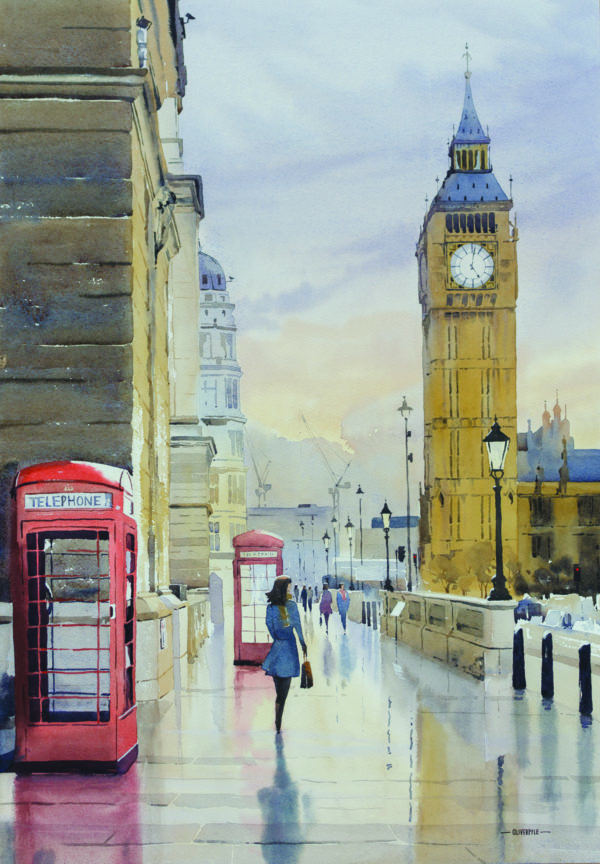
The best way to turn an otherwise ordinary scene into something compelling and atmospheric is to tell a story. Consider a subject like Elizabeth Tower (also known as Big Ben). It’s probably London’s most iconic landmark, to the extent that its familiarity can work against an artist. My reference photos and sketches for Eventually the Rain Stopped, a studio painting of Parliament Square featuring Big Ben, were from overcast days, saying nothing new or interesting about the scene. To bring the scene to life, I needed a story.
Having played around with a few sketches and ideas, I felt that wet pavement and reflections, with a break in the oh-so-British weather, would help to create interest. The inclusion of people walking into the painting and toward us gives a sense there’s some early-evening movement to get to the underground station — or even to attend a late session of Parliament — now that the rain has stopped.
3. Use the Light

More often than not, artists think it’s difficult to create drama and atmosphere without strong sunlight and deep shadows. In the U.K., however, strong directional light can be something of a rarity. Dull, overcast days are far more commonplace. Stormy Light, Kimmeridge Bay benefits enormously from the flat lighting and brings back strong memories of the day I was there.
I watched children search for fossils and hermit crabs in the rock pools before making a retreat to the warmth of a local tea room. I couldn’t help but notice how the bright greens and oranges of the seaweed contrasted with the cool slate gray of the ledges that jut out into the bay. With strong highlights and deep shadows, the effect wouldn’t have had the same impact. Color was far more important than tonal contrast. While light is an essential part of the toolkit in creating atmospheric paintings, understand what it is about the light that makes a scene compelling. It doesn’t need to be high contrast. Many wonderful paintings have been made on an overcast day.
4. Understand Your Technique

I hinted at the outset that it was primarily the artist’s connection with a subject — not technique — that leads to atmospheric paintings. Does that mean technical issues aren’t important? Of course not. Hopefully, a couple of pointers from Colours of Tuscany will be helpful.
It features a well-known area in Italy, and the undulating landscape is home to many wonderful vineyards. These present a challenge. They add a level of detail to the hillsides and need careful handling. Painting them in detail would be a mistake. It would spoil the atmosphere that comes from the strong but hazy light and the depth in the landscape. For passages such as this, the simplest of brushstrokes to create broken washes, as well as a sound drybrush technique, are all that’s required to suggest rows of vines in the distance. The foreground vines are painted wet-into-wet. It’s just enough to suggest vines without lots of hard edges to distract us from the main subject — the charming villas.
To help build atmosphere in your work, try to simplify and reduce what you see to as few brushstrokes as possible. Something suggested rather than stated creates a more satisfying experience for the viewer — and helps to ensure your story or vision isn’t shouted down by distracting details. Make sure you have firm control over both color and tone; they’re vital in creating atmospheric paintings.
5. Bring It Together

We’ve seen how to create atmosphere, but exactly what is it? I think Evening Haze, Kimmeridge Bay helps to get to the crux of the concept. The painting is of a scene on the Dorset Coast with which I’m very familiar. This is one of my favorite paintings — the evening light; the calm, silvery sea; the focal point of Clavell Tower; the sheep; the receding cliffs in the distance. It’s so redolent of my experiences in this beautiful part of the country. I find it incredibly evocative.
To me, atmosphere is nothing more than a true sense of a place and time. Presenting that for others to experience and enjoy is truly satisfying and is often why viewers engage with a particular painting. Of course, it’s very subjective, too. A painting may not evoke the same emotion in one person that it does in another. Generally, though, if a piece of art is able to draw viewers in — to make them enter into the experience of being there at that moment in time — then it’s undoubtedly an atmospheric painting.
Learn more about Oliver J. Pyle and see more of his work at OliverPyle.com and on his Instagram page, @watercolour_olly.
You may also like:
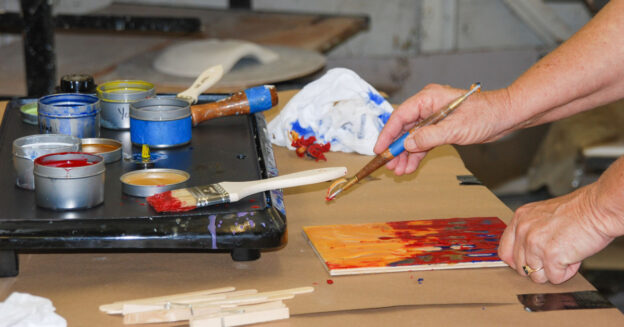





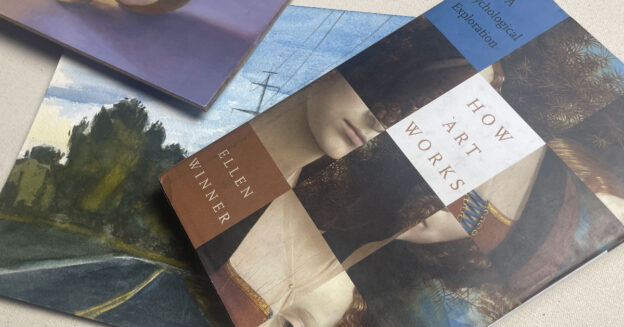
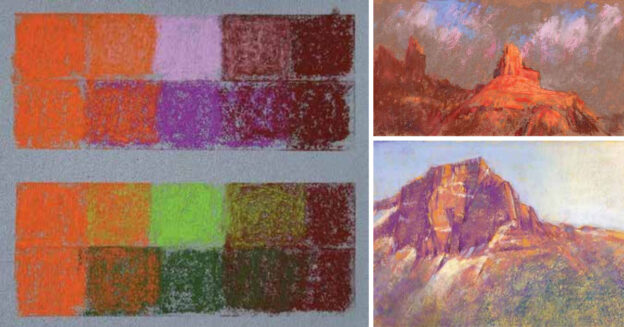
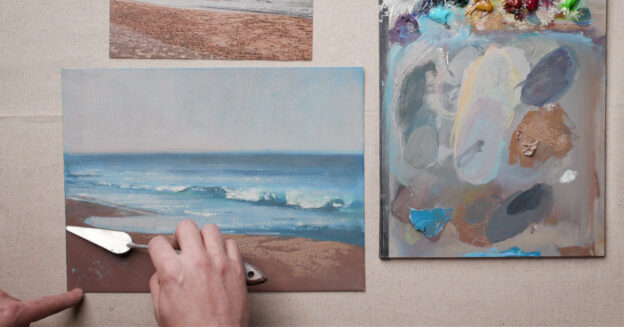
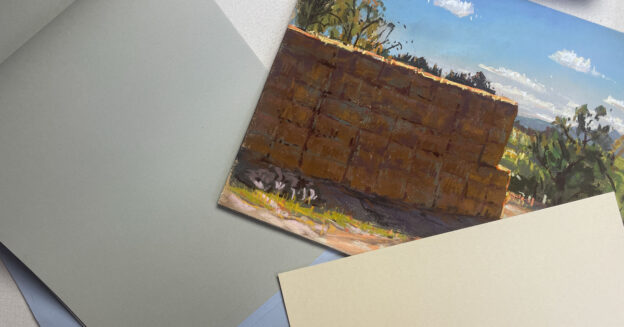






I really love your pictures Oliver BUT there is no explanation whatsoever of your painting technique. Can you please do that?